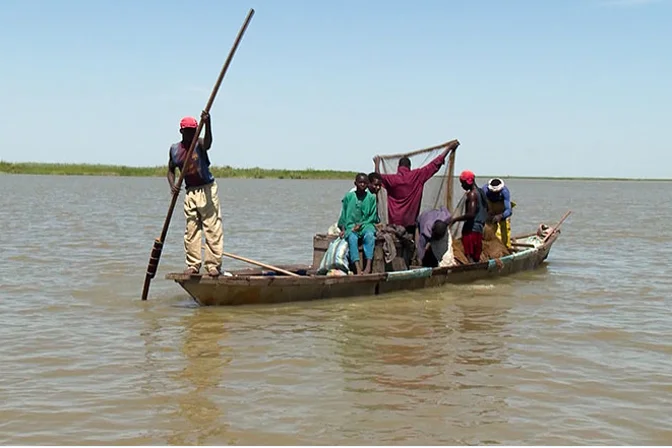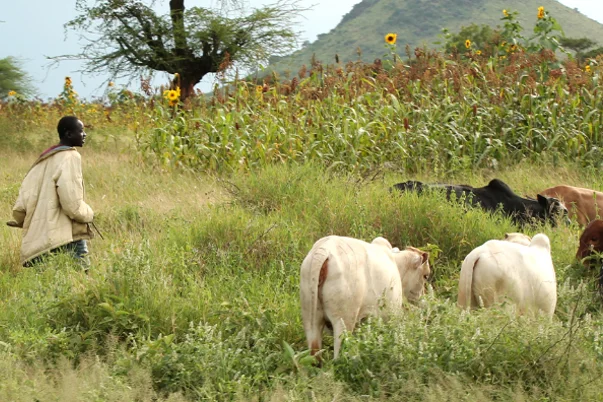Chad – Global Sustainability Hub Chad Sustainability Issues
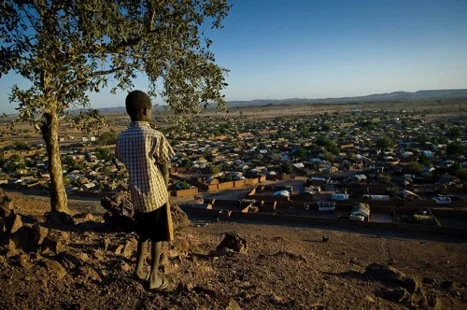
The critical environmental and sustainability issues of Chad:
Water Pollution
The water supply that the community in Chad receives is very low and even when they receive water, it most likely is polluted. Lake Chad, once one of the African continent’s largest bodies of freshwater, has dramatically decreased in size due to climate change and human demand for water, which has reduced it to 1/20th of its size. Only 50% of the population gets access to safe drinking water and most of the water is used for farming activity. Safe drinking water is available to 31% of urban dwellers and 26% of the rural population. Lake Chad still provides water to about 38 million people for irrigation and other needs, even though its surface area has been reduced from 25,000 square kilometres in the 1960s, to 4,800 square kilometres.
Poverty
While Chad is the fifth largest African country, it has a very low average population density of only 20 persons per square mile. Although Chad has seen recent economic growth, the country’s economy ranks at the 36th place out of 47 among sub-Saharan African countries, scoring below both the regional and world average. The population struggles to find economic stability and 87 percent live below the poverty line. Life expectancy in Chad is only 52 years.
One major contributing factor to Chad’s struggle is its unforgiving environment, making agriculture unreliable and unproductive. Most of Chad’s population depends on subsistence farming. However, the hostile desert environment is only one of many causes of poverty in Chad. Social and political conflicts are the main factors that inhibit the country’s ability to achieve lasting progress.
Education
Located in Central Africa, Chad is ranked near the bottom of the United Nations Development Programme’s (UNDP) Human Development Index, 184th out of 187 countries studied.the United Nations Human Development Reports revealed that only 62 percent of primary school educators in Chad were even qualified to teach. Additionally, the youth literacy rate for boys, aged 15-24, was 53.6 percent, while girls lagged behind with a literacy rate of only 42.2 percent. However, these numbers are an improvement from the past decade.
Malnutrition
Malnutrition in Chad is a serious concern, as 43 percent of children under the age of 5 are stunted. the number of children admitted into treatment programs with severe acute malnutrition grew by 25 percent in comparison. The European Commission estimates that, in 2021, there will still be 1.18 million stunted children in Chad. This accounts for 37 percent of all children under the age of five in the country.
Demographic challenges
Chad hosts some 300,000 refugees from Darfur on its eastern border with Sudan, according to UN figures, while an additional 67,000 refugees from the Central African Republic are in camps on its southern border. These refugees consume Chad’s limited resources and sometimes compete with the local population. This creates resentment and sometimes violence between the refugees and their hosts.
 Albania
Albania Algeria
Algeria Andorra
Andorra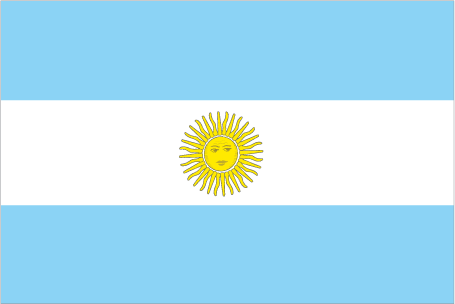 Argentina
Argentina Armenia
Armenia Australia
Australia Austria
Austria Azerbaijan
Azerbaijan Bahrain
Bahrain Belgium
Belgium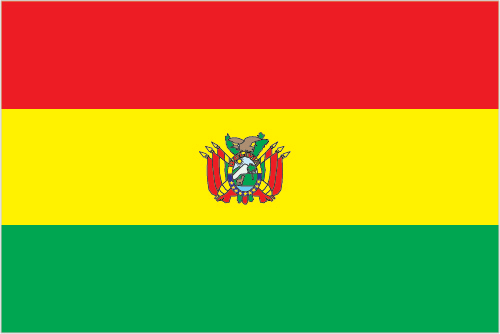 Bolivia
Bolivia Brazil
Brazil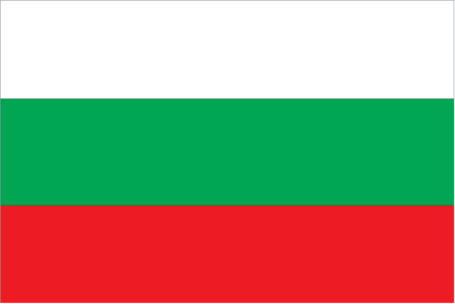 Bulgaria
Bulgaria Cambodia
Cambodia Cameroon
Cameroon Canada
Canada Chad
Chad Chile
Chile China
China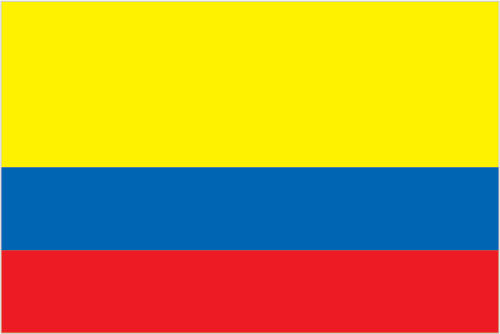 Colombia
Colombia Costa Rica
Costa Rica Croatia
Croatia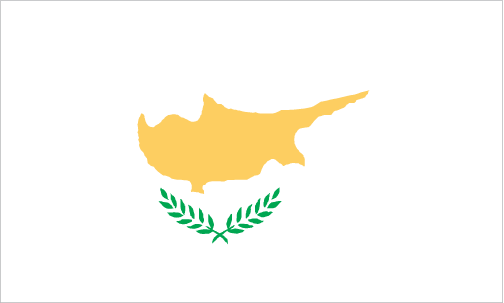 Cyprus
Cyprus Czechia
Czechia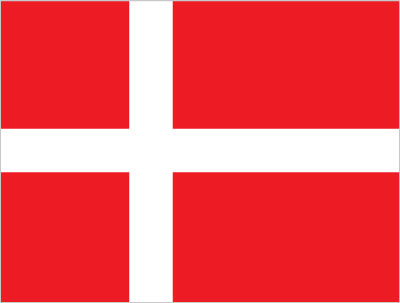 Denmark
Denmark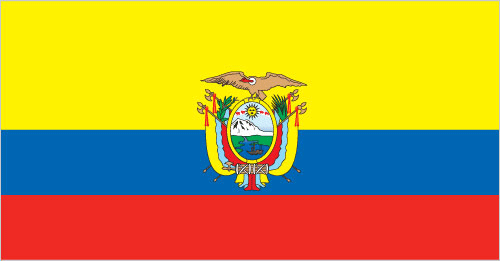 Ecuador
Ecuador Egypt
Egypt Finland
Finland France
France Georgia
Georgia Germany
Germany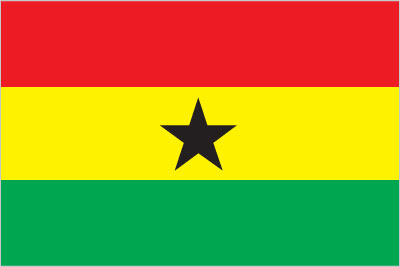 Ghana
Ghana Greece
Greece Hungary
Hungary Iceland
Iceland India
India Indonesia
Indonesia Ireland
Ireland Italy
Italy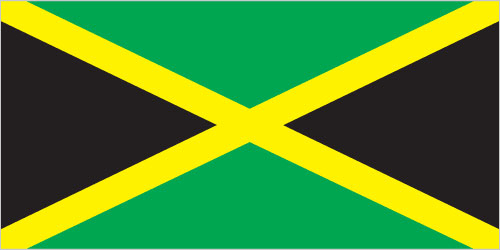 Jamaica
Jamaica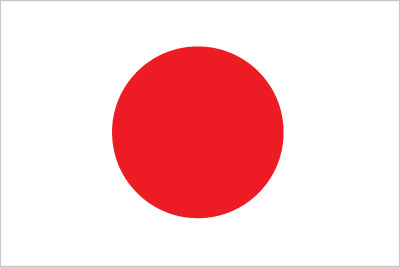 Japan
Japan Jordan
Jordan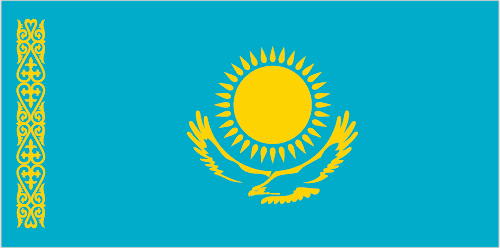 Kazakhstan
Kazakhstan Kenya
Kenya Kuwait
Kuwait Latvia
Latvia Lebanon
Lebanon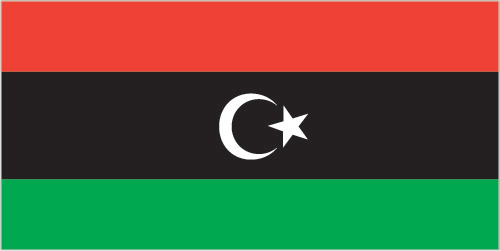 Libya
Libya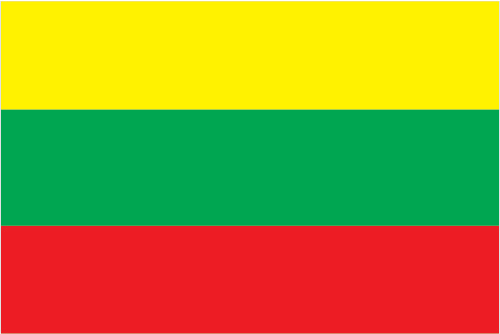 Lithuania
Lithuania Luxembourg
Luxembourg Malaysia
Malaysia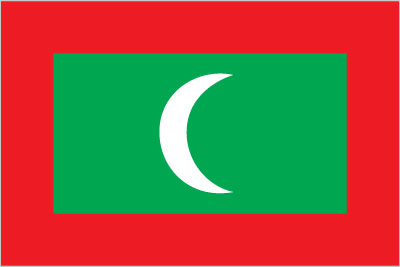 Maldives
Maldives Mali
Mali Malta
Malta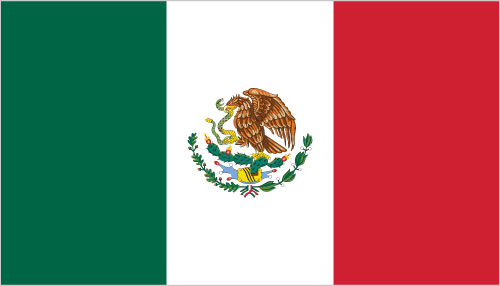 Mexico
Mexico Moldova
Moldova Monaco
Monaco Morocco
Morocco Netherlands
Netherlands New Zealand
New Zealand Nigeria
Nigeria North Macedonia
North Macedonia Norway
Norway Oman
Oman


